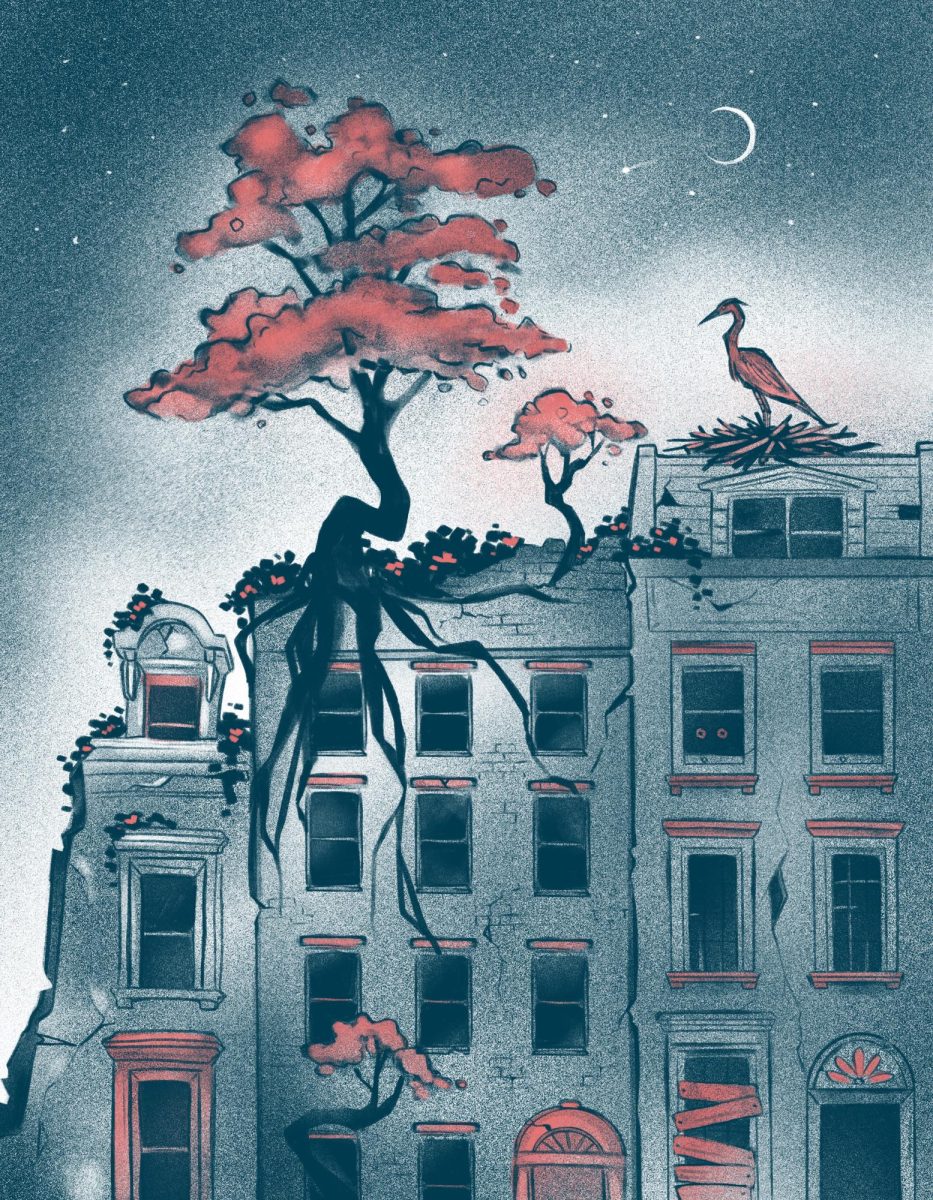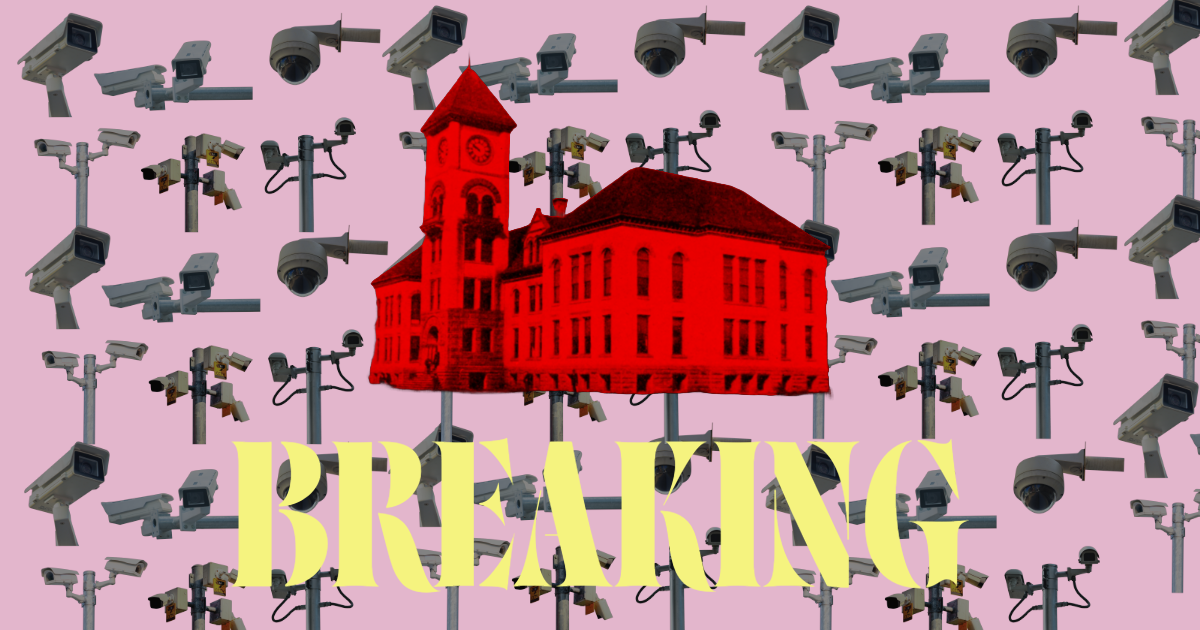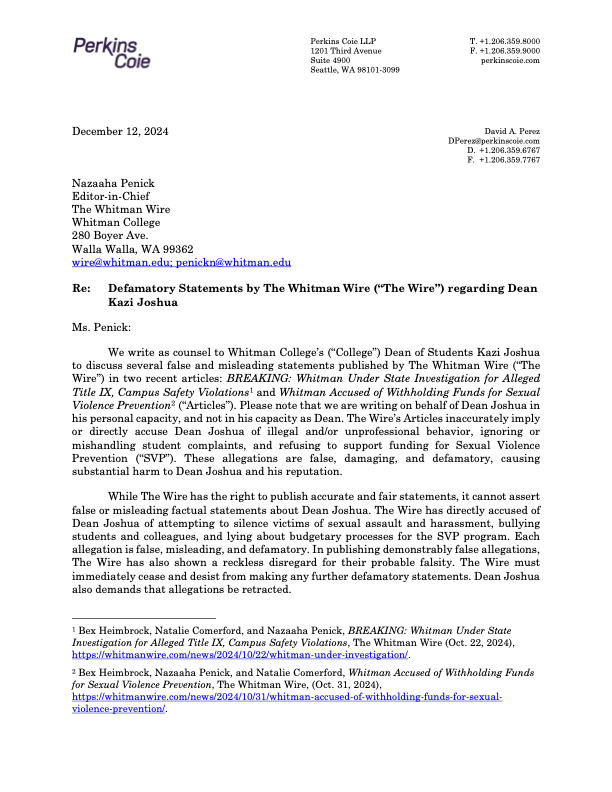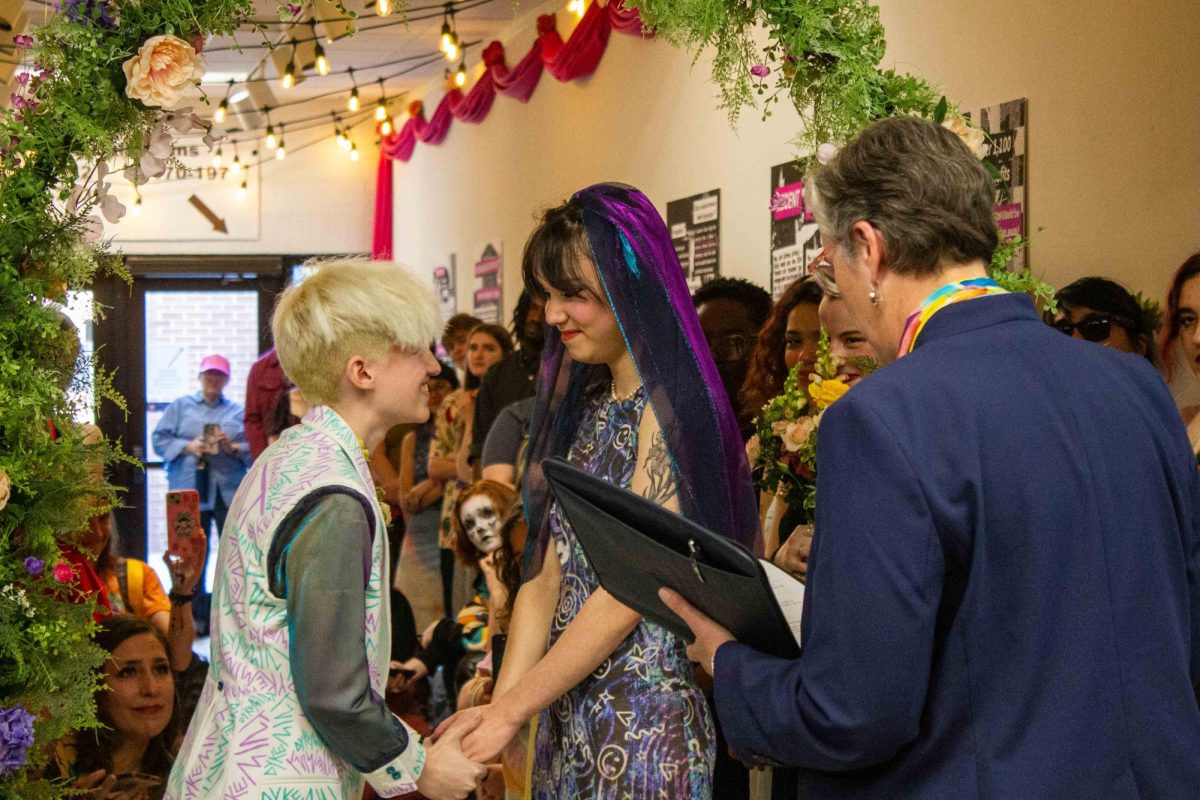
Postmodern art aesthetics have skyrocketed in popularity within the last three years. Weirdcore, Liminal Spaces, Vaporwave — these are aesthetics which use grain-ridden, strangely familiar images to create the pull of nostalgia.
The word “liminal,” for example, was so obscure prior to May 2023 that Google trends rated it as a “zero.” On May 21 of that year it achieved its peak popularity and has maintained relative relevance ever since. Liminal aesthetics are responsible for the creation of the Backrooms, a postmodern internet phenomenon famous for its ability to make one feel lost in what’s familiar, as if you are in a maze constructed from the architectural aesthetics of your early 2000s childhood.
This is a feeling of continuing deja vu, of navigating a world simulated from a simulation, which may be two or three times removed from its original source material. A feeling of being lost between two mirrors. It is a distinctly postmodern feeling.
Living in an age of hyper-production, endless Disney live-action remakes and recycling micro-trends, media fatigue and a displaced sense of familiarity are now the norm, no longer the exception.
Scholars often compare postmodernism with what came before. Namely, modernism. Postmodern philosophy is a description of the binaries, constructs and consequences that modernist thought has created. It is a reaction to the modern age we are living in. Meanwhile, postmodern art is often a visual manifestation of these ideals. Where modernism seeks to delineate the boundaries between one thing and another, postmodernism endeavors to blur the line.
Popular online writer and visual artist, Postmodern Palace (@postmodernpalace on Instagram), who asked to go by their online name in this article, associates postmodernism with play and time travel.
“Postmodernism is something that can be really complex, especially for the lay viewers that might not be familiar with the term. I’m more connected with the ‘play’ part… I like the term, ‘sandbox,’ the open play-pen, the open play space, where you are gathering things that could be very, very serious and sometimes taboo and untouchable, but you bring them into a space that you can play with,” said Postmodern Palace.
Postmodernism has a lightness to it. Where the modernists cling to the conceptual structures that help them make sense of their world, postmodernism allows these rigid boundaries to dissolve. Postmodernism is not only a description of the world, but it’s also the Andy Warhol pop-art plaster of Marilyn Monroe’s face ad nauseam. It’s the architecture of Las Vegas.
“Postmodernism is NOT an ideology in the way that, say, Socialism or Nationalism or Feminism [is],” Professor Tarik Elseewi wrote to The Wire in an email. “It’s a description of a condition. And that condition is, more than anything else, a reaction to modernity… So post-modernism is often a negotiation of so many of the things that modernism held dear: that there is such a thing as truth; that nature could be conquered and belongs to man (even as opposed to humans); that logic and rationality were the only way to enlightenment.”
Elseewi says we are still living in “modernity.”
In his work, “Critical Aesthetics and Postmodernism,” British Philosopher Paul Crowther writes that theorists like Jean-François Lyotard welcome the nebulousness of postmodern thought.
They argue that “modernism’s rigid categories and striving for efficiency and control have an ultimately authoritarian outcome. They lead to the excesses of Hitler and Stalin. In contrast to this, the complexities and pluralism of postmodern culture are anti-authoritarian in impulse. They demand that we respect difference and diversity and transience.”
One could argue, even, that postmodernism structurally grounds empathy into a sort of metaphysics. Poet and Whitman sophomore Bethany Stimac explains subjectivity, the idea that there is not one main experience, as the coexistence of epicenters creating whole.
“You are the epicenter of your own subjective world. I’m experiencing this,” Stimac said, “from the center of my being. But there’s always an abyss between us.”
Stimac references a biography she read about the poet, Robert Lowell.
“There is always an abyss between people’s minds. I think about that a lot. Whenever I’m interacting with other people, I’m trying to make sure they know that I am aware they are a completely other little world, a little epicenter,” Stimac said.
Postmodern philosophy allows for multiple absolutes to exist simultaneously. To say that everyone inhabits their own subjective reality is to not only acknowledge the very real possibility that we may each perceive whatever fodder for our senses in ways fundamentally different from each other, but it is also to assign equal value to each reality. One could call postmodernism an equalizing force of description, which makes malleable even time and space. Think: the multiverse.
“When you see an image,” Postmodern Palace said, “there’s something that punctures you. It’s like a needle prick, and that’s just the still image… when the moving image comes to life, I feel that that is time travel. A camera captures light, right? That’s all it is in a basic sense… The camera is like this light-gatherer. When we watch movies together or when we all see the same content on Instagram or TikTok, we’re all watching this collection of light together; it’s saved light.”
As Crowther mentioned earlier, transience is a fundamental part of postmodern thought. The present moment is fleeting and final, and yet perhaps time is not linear. Perhaps a camera can entrap a temporal light in its shutter, and carry that moment to you every time you view the image.
This equalizing, however, only goes so far.
“What ends up happening is you start with a philosophical rejection of singular truth or a turn away from the cold logic of science to this contemporary world we have where everybody’s truth is the truth and suddenly politicians or CEOs or what have you can just say anything and it becomes truth for a subset of people. Again, none of this is deliberate ideology: postmodern theory just seeks to point out what’s happening in the world,” Elseewi wrote.
When the postmodernists say that anything could be true, they are not saying everything should be true. To be a postmodernist is to realize everyone chooses what they believe.
“POV: you slowly fall asleep at Dad’s computer job in 2005,” reads one of Postmodern Palace’s videos. The text overlays grainy images of night-time office buildings, old computers and fluorescent hallways.
Postmodern Palace says he focuses on the early 2000s because it’s an important part of his childhood, and it was the moment in time right before social media colonized the cultural zeitgeist.
“The 2000s is something that’s encoded into my memory, pretty deep… It’s just right before everything started blowing up with social media, and us getting that spinal hunch over our phones. Right before that – of still going to your friend’s house and knocking on the door and asking if someone can come out and play,” Postmodern Palace said.
The spirit of postmodernism is imagination and playfulness. Duck buildings and casinos. Andy Warhol and his cans of Campbell soup. When modernism decides that life is a battle, postmodernism remembers life is a game.











Anonymous • Feb 7, 2025 at 10:45 pm
“postmodernism is when vibes”